Optimal Timing for Roofing Services
Scheduling roofing service at the optimal time can ensure better results and longer-lasting repairs or installations. Understanding seasonal weather patterns and temperature fluctuations is essential for choosing the most suitable period for roofing work.
Spring offers moderate temperatures and longer daylight hours, making it ideal for roofing projects. It allows for thorough inspections and repairs before summer heat or winter cold set in.
Summer provides warm weather and dry conditions, facilitating faster installation and repair work. However, extreme heat can sometimes pose challenges for roofing materials and safety.
Fall is considered one of the best times for roofing due to cooler temperatures and lower humidity. It provides ample time for completion before winter weather arrives.
Winter is generally less favorable due to cold temperatures, snow, and ice, which can hinder roofing work and affect material performance. However, in milder climates, some roofing can be performed year-round.

Professional inspections during spring help identify damages caused by winter and prepare for upcoming seasons.
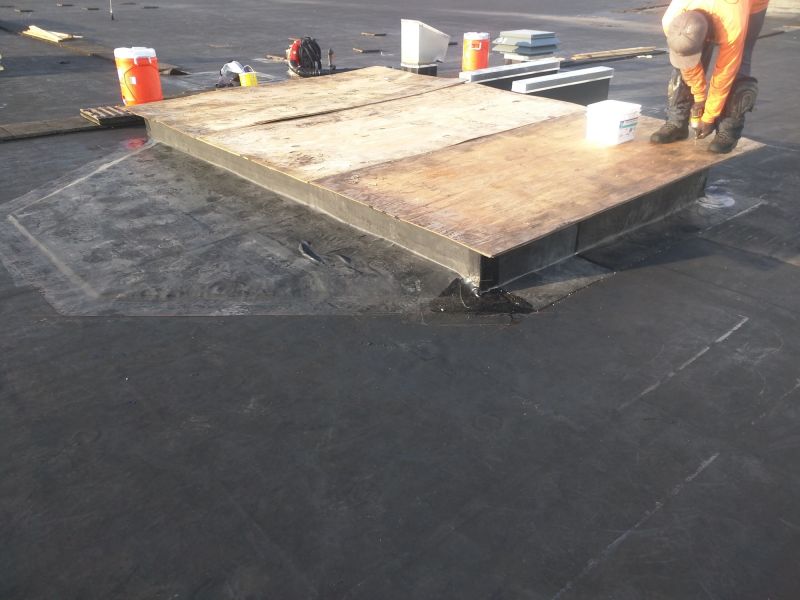
Summer is suitable for repairs due to dry weather, ensuring durability.
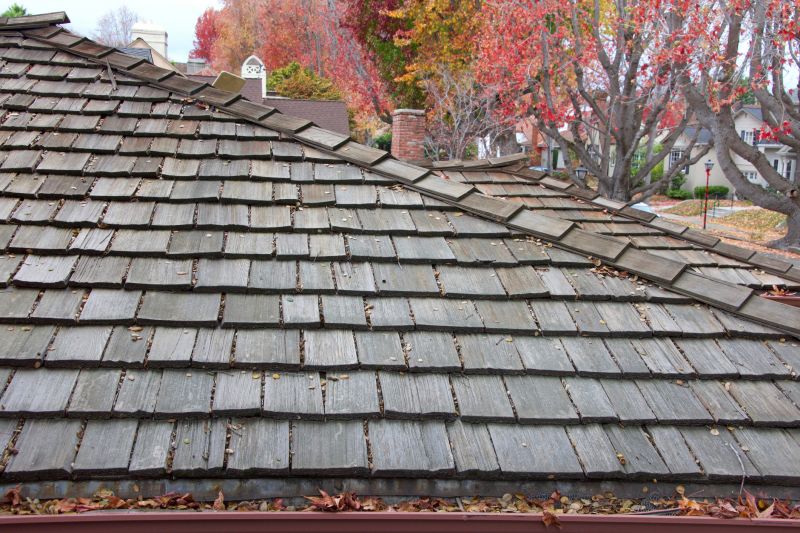
Fall provides optimal conditions for installing new roofing systems.

Winter roofing requires specialized techniques due to cold and moisture.

Materials perform well in warm, dry conditions typical of summer.

Fall inspections and repairs prepare roofs for winter weather.

Spring maintenance helps extend roof lifespan and prevent leaks.

Some roofing services are available year-round with proper planning.

Proper planning ensures roofing projects align with seasonal conditions.
| Season | Ideal Timing |
|---|---|
| Spring | Late March to early June |
| Summer | June to August |
| Fall | September to November |
| Winter | December to February |
Roofing services encompass a range of activities including inspections, repairs, replacements, and maintenance. Proper timing ensures that materials are installed under optimal conditions, reducing the risk of future issues. Seasonal considerations, such as temperature and weather patterns, influence the success and longevity of roofing projects.
Statistics indicate that scheduling roofing work during favorable weather conditions can reduce project delays by up to 30%. Additionally, timely maintenance can extend the lifespan of roofing systems by several years, saving costs over time.

Spring inspections identify winter damages early and prepare roofs for the upcoming seasons.
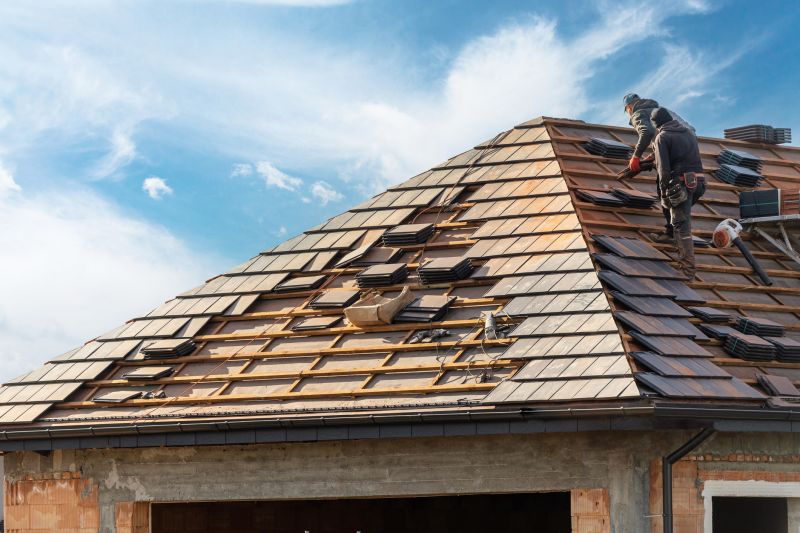
Summer's dry weather supports efficient roofing repairs and installations.

Fall is ideal for preparing roofs for winter with repairs and maintenance.
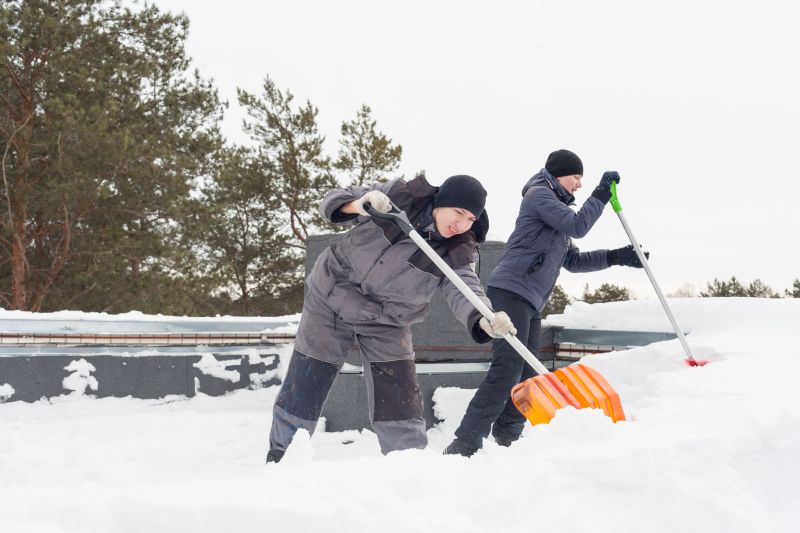
Winter roofing requires specialized techniques due to cold and moisture.
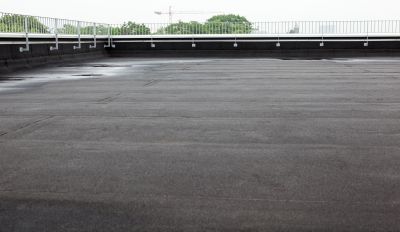
Ways to make Roofing Service work in tight or awkward layouts.

Popular materials for Roofing Service and why they hold up over time.
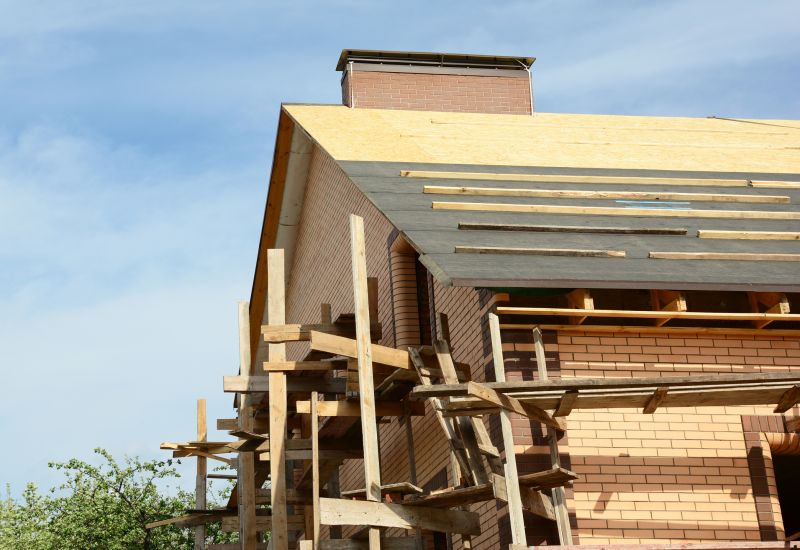
Simple add-ons that improve Roofing Service without blowing the budget.
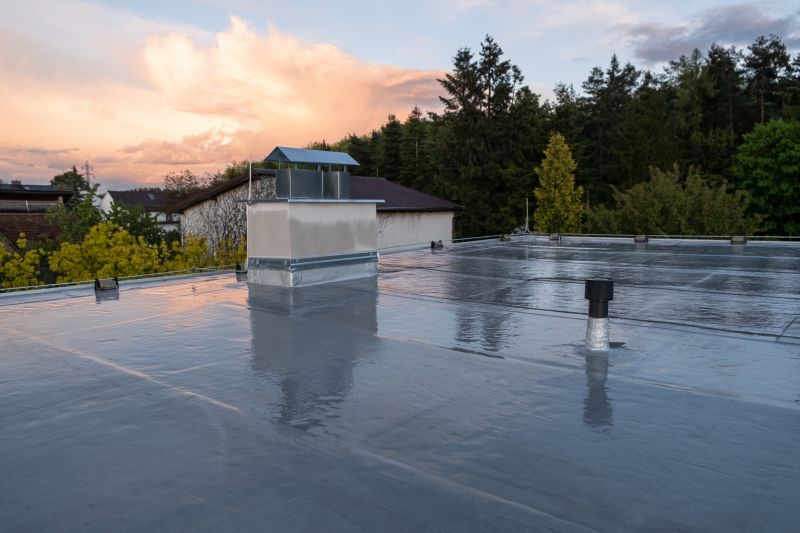
High-end options that actually feel worth it for Roofing Service.
Interested parties can contact for more information or to schedule a roofing service. Proper timing and planning contribute to the durability and performance of roofing systems, ensuring long-term protection for properties.

